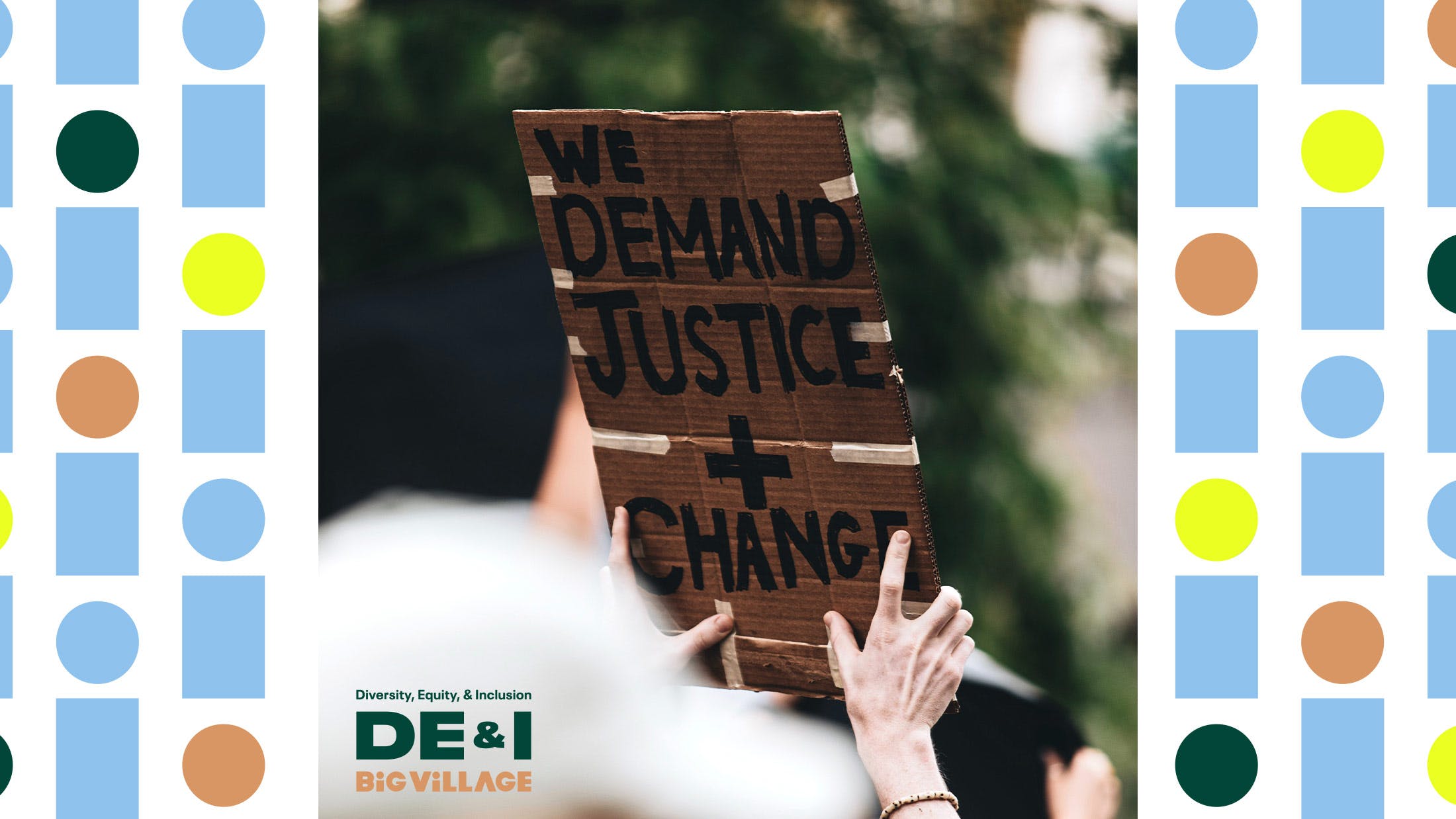[ad_1]
Since last year, we have all heard of someone recently laid off or concerned that they will be next. With rising interest rates and changing consumer behavior, women and minorities have been the most concerned with how organizations are battling their pandemic over-hiring.
Data shows that organizations that had previously committed to increasing their Diversity, Equity, and Inclusion (DE&I) initiatives, no longer find these efforts to be of service to their business model. While the case of DE&I as a major contributor to innovation and a brand’s reputation of authentic commitment to racial justice is familiar, recent layoffs show that organizations continue to disregard layoff implications on their DE&I efforts, raising questions about companies’ authenticity and commitment to DE&I. One way that brands can not only prevent discriminatory layoffs but also maintain the integrity of their DE&I commitments is to leverage their data to make more informed decisions.
1. Layoffs in the tech industry are causing concerns with DE&I efforts, due to the industry’s history of disproportionately disadvantaging women and ethnic minorities.
With an estimation of over 152k job losses from almost 12k global tech companies in 2022,i the issue will likely worsen this year since there has been over 57k layoffs in January. The most pressing concern is that in an industry that continues to be dominated by males, employees of underrepresented groups are being disproportionately affected by these job losses, according to the Society for Human Resources Management.ii
With women and minority groups occupying many of the nontechnical positions such as in business or human resources department at tech companies, they are likely to lose their jobs before their counterparts in tech development positions.iii According to data from Revelio Labs, women represented 46.64% of tech layoffs from September to December 2022, while Latino workforce represented 11.49% of layoffs during the same period, despite representing only 39.09% and 9.96% of the tech workforce, respectively.iv
That said, according to a recent Big Village CARAVAN survey, tech companies are missing their opportunity to cater to the needs of the Hispanic community, which is 12 times more likely to associate brand equity with not experiencing any discrimination. A respondent emphasized that a brand’s equity efforts are when “[organizations] don’t judge you because of your race, religion, sexual orientation, or your age. [T]hey would treat everyone the same and rules would apply to everyone. [N]o favoritism.”
2.Two years after racial justice pledges, following the murder of George Floyd, some organizations are laying off ‘diverse hires’, leaving them feeling expendable.
Some organizations pledged to add a certain percentage of ‘diverse hires’ to their workforce. However, amid inflation and stock decline, tech organizations that had previously hired contractors from the Black community to fulfill their DE&I commitments have laid off these contractors.v
This strategy of naming only a fraction of a company’s employees ‘diverse hires’ has been questioned for being problematic, with members of minority groups questioning why they cannot be called ‘hires’, like everyone else. The main concern about this type of terminology is that it implies these employees were hired only to improve brands reputational management amid 2020 nationwide protests, when corporations felt forced to take an active role in confronting systemic racism. When in reality these hires bring genuine value to the business from their qualifications, experience, and worldviews.
It is not surprising that a Big Village CARAVAN survey found that African Americans mention “hire” significantly more than their non-black counterparts, when discussing diversity. To them, “the biggest thing is, of course, not discriminating, to begin with, but after that, the biggest way that [they] see companies promoting diversity is making it a point to hire specific percentages of people in various demographics”.
3.Similarly, with the continued need to use data in organizational systems in evaluating DEI hiring and retention efforts vi,vii,viii,ix layoff decisions should also factor in a brand’s DE&I goals.
So far, we have seen three common methods of selecting employees for layoff: reliance on performance reviews; “last in, first out,” in which the most recently hired employees are the first to let go; and forced rankings, in which employers lack proper performance reviews and therefore rank employees from 1 to 10. x
However, as layoffs continue to sweep various industries, the issue becomes which metrics are being used in deciding who leaves or stays with their current employer. While decision-makers are aware of adverse impact analysis, which is performed to ensure employment practices that would otherwise appear neutral do not have a discriminatory effect on selected groups,xi recent examples show it’s not being used consistently.
One striking example is a tech giant which recently laid off over 93% of its DE&I team.xii To put things in perspective, the DE&I department represented less than 0.01% of the entire organization, prior to layoffs. As DE&I departments lose the largest share of employees in the entire organization, this leaves us wondering what factors organizations are considering in layoff decisions, if any.
Looking ahead, brands should beware of implications resulting from the lack of authentic dedication to internal DE&I efforts. A Big Village CARAVAN survey found that approximately 3 in 4 consumers find it important to do business with a brand that is committed to DE&I. With roughly 92% of Black, 87% of Hispanic, and 68% of White consumers agreeing that brands should be taking a clear stance on DE&I challenges, we will likely see new consumer behaviors emerge, as a response to perceived brands’ interest in DE&I efforts.
Written by Clarisse Uwamahoro, Senior Associate, Insights at Big Village
i https://layoffs.fyi/
ii https://www.shrm.org/resourcesandtools/hr-topics/behavioral-competencies/global-and-cultural-effectiveness/pages/dei-in-2023-experts-forecast-layoffs-remote-work-and-more.aspx
iii https://www.reveliolabs.com/news/macro/who-gets-laid-off/
iv https://www.reuters.com/business/sustainable-business/big-tech-layoffs-may-further-disrupt-equity-diversity-efforts-2023-01-05/
v https://www.figfirm.com/post/the-latest-in-dei-fails-walmart-netflix-and-wells-fargo#:~:text=With%20the%20expansion%20of%20DEI,diversity%2C%20equity%2C%20and%20inclusion
vi https://diversio.com/what-do-all-successful-diversity-inclusion-programs-have-in-common/
vii https://hbr.org/2022/11/to-sustain-dei-momentum-companies-must-invest-in-3-areas
viii https://www.bcg.com/publications/2022/reinventing-gender-diversity-programs-for-a-post-pandemic-world
ix https://www.mckinsey.com/capabilities/people-and-organizational-performance/our-insights/the-organization-blog/inclusive-workplaces-focus-on-management-practices-that-matter-not-fluff
x https://www.shrm.org/resourcesandtools/legal-and-compliance/employment-law/pages/layoffs-selection-criteria.aspx
xi https://www.shrm.org/resourcesandtools/tools-and-samples/toolkits/pages/avoidingadverseimpact.aspx
xii https://www.straitstimes.com/world/united-states/big-tech-layoffs-are-hitting-diversity-and-inclusion-jobs-hard
[ad_2]
Source link







